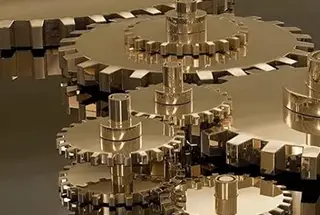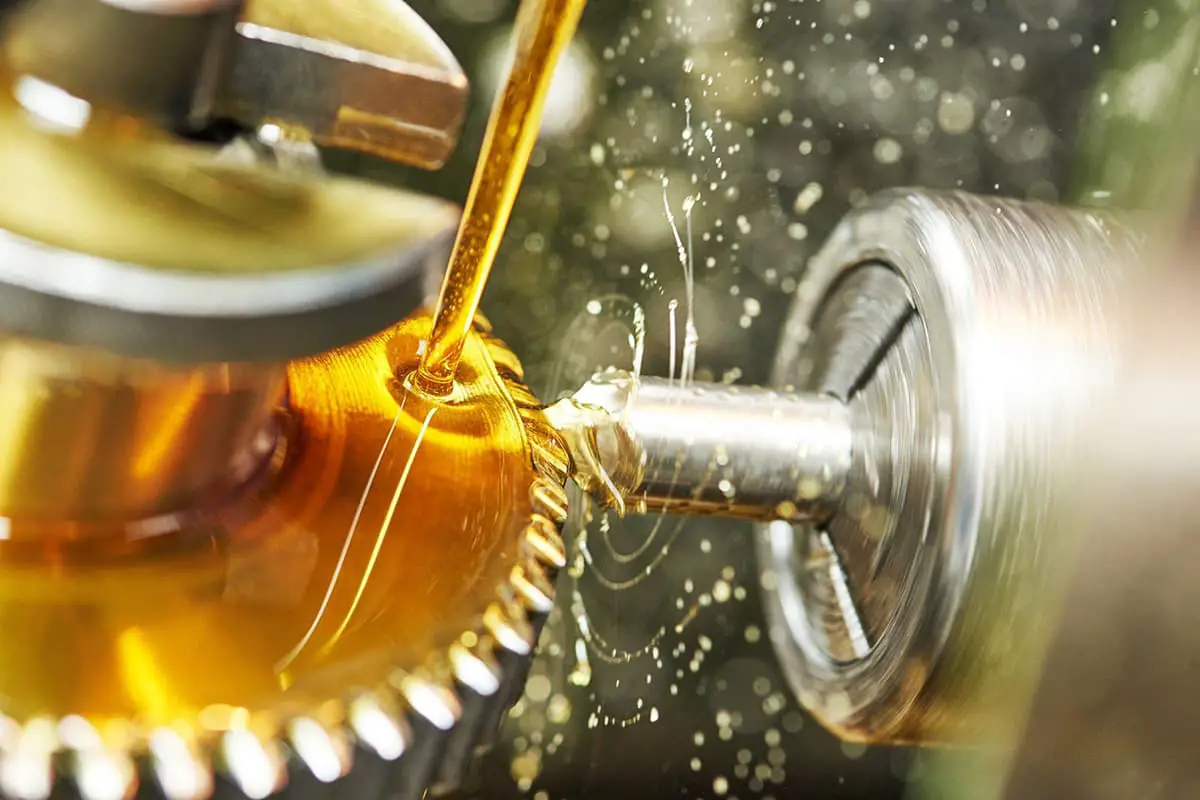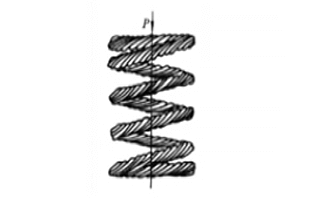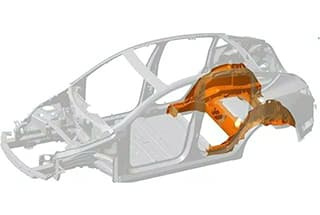
Have you ever wondered why nickel is such a vital metal in our daily lives? From the coins in your pocket to high-performance alloys in jet engines, nickel’s versatility is unmatched. This guide explores the discovery, properties, and diverse applications of nickel, including its critical role in creating stainless steel and memory alloys. By understanding nickel’s unique characteristics, you’ll gain insight into its essential contributions to modern technology and industry.

Nickel has a wide range of applications in our daily life, such as in the making of coins and the production of alloys. Today, let’s take a closer look at this metal – nickel.
Nickel is located in Group VIII of the periodic table, together with iron, cobalt, ruthenium, rhodium, palladium, osmium, iridium, and platinum, forming Group VIII. Among them, iron, cobalt, and nickel are called “iron group elements”.
Humanity has known and used nickel for a very long time. Nickel was first used in China as early as the 3rd century BC, when the Chinese people added nickel ore to copper to make an alloy – white copper, used for casting coins.
At the end of the 17th century, German miners discovered a reddish-brown ore that often had green spots on its surface. When added to the raw materials for making glass, it could dye the glass green. At that time, this mineral was mistaken for copper ore, and metallurgists tried many times to extract copper from it, but all attempts failed.
The miners called it “Kupfernickel,” with Kupfer meaning copper in German, and nickel meaning a deceiving sprite, hence Kupfernickel could be translated as “false copper.”
It was not until 1751 that the Swedish mineralogist and chemist Cronstedt A F (1722—1765) studied this mineral. After numerous experiments, he isolated a white metal from Kupfernickel and named it Nickel.
This is also the origin of the Latin name for nickel, Niccolum. We transliterate the first syllable into “nickel,” with the chemical symbol Ni. Now we know that Kupfernickel is a nickel arsenide ore, and the green spots on its surface are nickel carbonate.
In the April 1943 issue of the American “Journal of Chemical Education,” an article excerpted from the International Nickel Company was published, titled “The Mysterious Paktong,” excerpted as follows:
“Three hundred years ago, one day, a huge merchant ship battered by storms and slowly approaching the Thames River, heading towards the dock, was coming home! A year ago, it sailed from London to seek the Far East. Now it has returned, carrying goods such as tea, silk, and spices.
In addition, there was a new item, made of metal, which shone with the soft luster of pure silver, but they were definitely not silver, they were a hard metal. The Chinese called it Paktong, and they carefully guarded the secret of how to make it.
After the spread of this strange metal, generations of European metalworkers tried to imitate white copper, but they never found the reason for each failure. It was not until the mid-eighteenth century that a Swedish scientist identified a new metal, acknowledged by another scientist, as the metal of the mysterious alloy for making white copper. It is the metal that miners in Saxony discovered and cursed as fake copper.
Nickel is not scarce in the Earth’s crust, being more abundant than common metals such as lead and tin, but significantly less so than iron. Cobalt and nickel often coexist in nature, with important cobalt and nickel ores being cobaltite (CoAsS) and nickel pyrite (NiS·FeS).
In nature, the most important nickel ores are garnierite (nickel arsenide) and nickel arsenide (sulfarsenide). Cuba is the most famous country in the world for nickel ore deposits, with large amounts of nickel ore also found in the Dominican Republic.
The content of nickel in the sun is 80ppm, in seawater is 0.0001ppm, and in the Earth’s crust is 80ppm. Nickel is also one of the essential elements for organisms, but its content in organisms is very small, less than one ten-thousandth, known as a trace element. Foods rich in nickel include: chocolate, nuts, dried beans, and grains.
There are many isotopes of nickel, with a variety of properties. Here is a list of them:
| Isotopes | Abundance | Half-life | Decay mode | Decay energy/eV | Decay products |
| 56Ni | Artificial | 6.077天 | Electron capture | 2.136 | 56Co |
| 58Ni | 68.077% | Stable | |||
| 59Ni | Artificial | 76,000年 | Electron capture | 1.072 | 59Co |
| 60Ni | 26.233% | Stable | |||
| 61Ni | 1.14% | Stable | |||
| 62Ni | 3.634% | Stable | |||
| 63Ni | Artificial | 100.1年 | Beta decay | 2.137 | 63Cu |
| 64Ni | 0.926% | Stable |
The unit cell is a face-centered cubic cell, containing 4 metal atoms per cell.
Lattice parameters:
(1) At room temperature, nickel forms a dense oxide film on its surface in moist air, which not only prevents further oxidation but also resists corrosion by alkalis and salt solutions;
(2) Bulk nickel does not burn, fine nickel wire can burn, and specially made fine porous nickel particles will burn white in air;
(3) When heated, nickel reacts violently with oxygen, sulfur, chlorine, and bromine;
(4) Fine powdered nickel can absorb a considerable amount of hydrogen when heated;
(5) Nickel dissolves slowly in dilute hydrochloric acid, dilute sulfuric acid, and dilute nitric acid, but its surface is passivated in fuming nitric acid. It turns green after dissolving in nitric acid.
Roast the enriched sulfide ore into oxides, reduce it to crude nickel with carbon, and then obtain pure metallic nickel through electrolysis.
React nickel sulfide ore with carbon monoxide to produce nickel tetracarbonyl, which decomposes upon heating to yield very pure metallic nickel.
Metallic nickel can be obtained by reducing nickel oxide with hydrogen.
Top ten nickel-producing countries in the world (annual output: thousand tons)
| Country Name | 1977 | 1982 | 1987 | 1992 |
| Russia | 144.3 | 165.2 | 272.0 | 215.0 |
| Canada | 235.4 | 88.6 | 189.0 | 192.1 |
| New Caledonia | 109.1 | 60.1 | 56.9 | 113.1 |
| Indonesia | 14.0 | 45.9 | 57.8 | 78.1 |
| Australia | 85.8 | 87.6 | 74.6 | 64.0 |
| China | – | 12.0 | 25.0 | 37.0 |
| Cuba | 37.0 | 36.1 | 33.8 | 32.2 |
| South Africa | 23.0 | 22.0 | 34.3 | 28.4 |
| Dominican Republic | 24.2 | 5.4 | 32.5 | 25.0 |
| Botswana | 12.1 | 17.8 | 25.9 | 23.5 |
| Subtotal of ten countries | 685.0 | 540.6 | 801.8 | 808.4 |
| Global total | 772.8 | 621.6 | 892.5 | 921.9 |
Adding nickel to steel can improve its mechanical strength. For example, when the nickel content in steel increases from 2.94% to 7.04%, the tensile strength increases from 52.2 kg/mm 2 to 72.8 kg/mm 3 . Nickel steel is used to manufacture parts of machines that bear high pressure, withstand impacts, and reciprocating loads, such as turbine blades, crankshafts, connecting rods, etc.
Nickel steel containing 36% nickel and 0.3-0.5% carbon has a very small coefficient of expansion, almost no thermal expansion or contraction, and is used to manufacture various precision machinery, accurate gauges, etc. High nickel steel containing 46% nickel and 0.15% carbon is called “Invar” because its coefficient of expansion is similar to that of platinum and glass. This type of high nickel steel can be welded to glass.
It is very important in the production of light bulbs and can be used as a substitute for platinum wire. Some precision lens frames are also made of this Invar steel, preventing the lens from falling out of the frame due to thermal expansion and contraction. An alloy composed of 67.5% nickel, 16% iron, 15% chromium, and 1.5% manganese has a high electrical resistance and is used to manufacture various resistors and electric heaters.
Nickel-titanium alloys have a “memory” capability, and moreover, a very strong memory, accurately returning to its original shape after being deformed millions of times over a considerable length of time. This “memory” capability is to remember its original shape, hence it is called “shape memory alloy.”
Originally, this alloy has a characteristic transformation temperature. Above this transformation temperature, it has one type of crystal structure, and below it, it has another type of crystal structure. Different structures result in different properties.
For example, a nickel-titanium memory alloy is very hard and strong above its transformation temperature, but below this temperature, it becomes very soft and easy to cold work. Thus, when we need it to remember a certain shape, we shape it accordingly. This is its “permanent memory” shape. Below the transformation temperature, because it is very soft, we can deform it to a considerable extent as desired.
And when it needs to return to its original shape, just heating it above the transformation temperature will do. Nickel-titanium shape memory alloys are widely used in the medical field, such as in blood clot filters, spinal correction rods, orthodontic archwires, cerebral aneurysm clips, bone plates, artificial joints, femoral head caps, artificial heart muscles, and miniature pumps for artificial kidneys.
Nickel is magnetic and can be attracted by magnets. Alloys made of aluminum, cobalt, and nickel have even stronger magnetism. When such an alloy is attracted by an electromagnet, not only will it be pulled over, but it can also hold up something sixty times its weight without dropping. Thus, it can be used to manufacture electromagnetic cranes.
Nickel is used the most in stainless steel, which can resist corrosion from the atmosphere, steam, and water, as well as acid, alkali, and salt corrosion. Therefore, stainless steel is widely used in chemical, metallurgical, construction, and various civilian applications, such as in the manufacture of containers, towers, tanks, pipelines, etc., that require welding in industries like petrochemical, textile, light industry, nuclear energy; and in the production of urea, synthetic towers, washing towers, condensing towers, steam stripping towers, and other corrosion-resistant high-pressure equipment.
Nickel is also used for nickel plating, covering steel and other metal substrates with a durable, corrosion-resistant surface layer that is 20% to 25% more corrosion-resistant than galvanized layers.
The main oxidation states of nickel are +2, in addition to -1, 0, +1, +3, +4, +6, etc., allowing nickel to form a variety of compounds. Here, nickel oxide, nickel sulfate, high nickel hydroxide, and nickel complexes are introduced.
Because nickel has d orbitals that can accommodate lone pair electrons, it can form complexes. The main types of nickel complexes are as follows:








